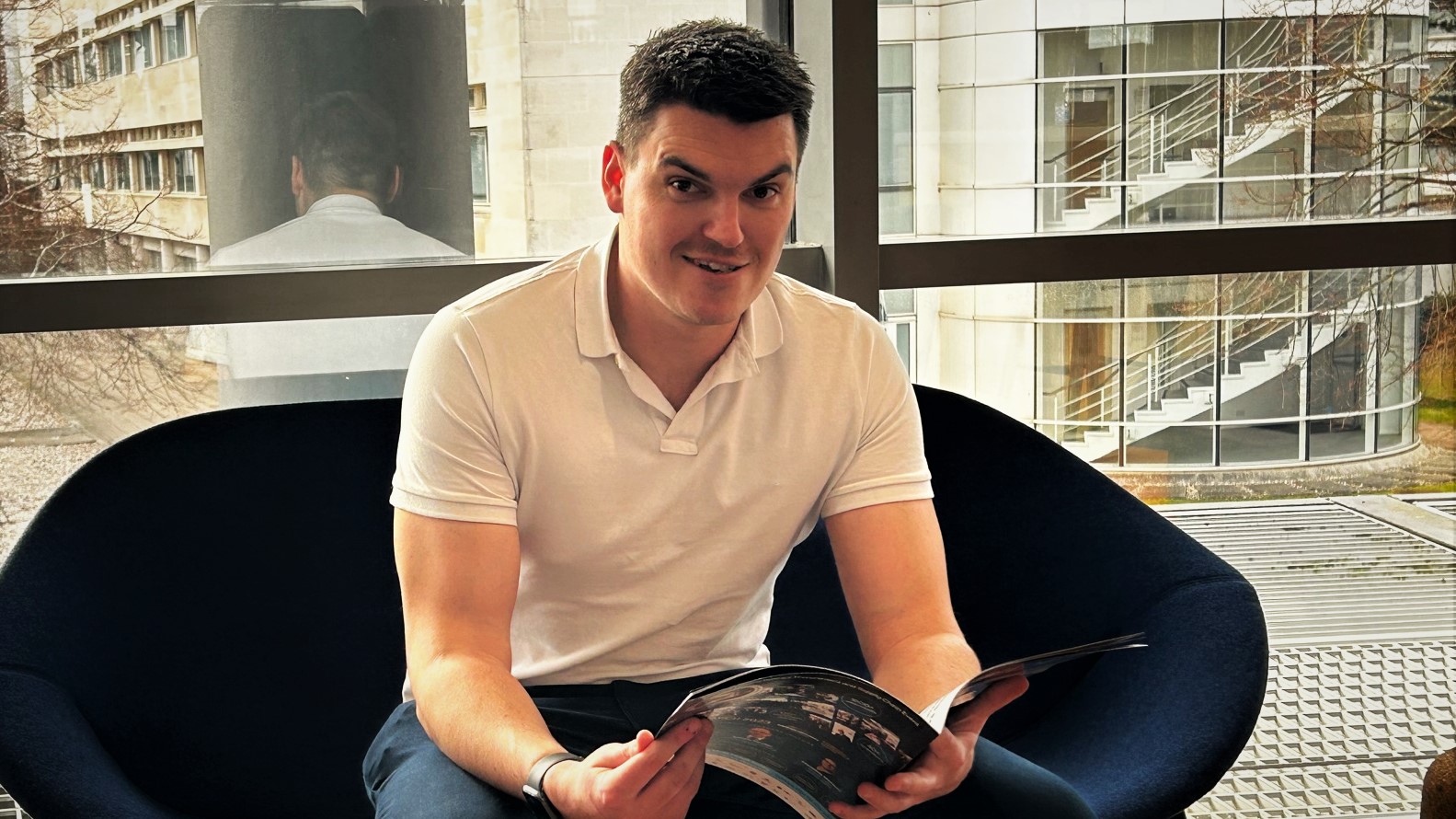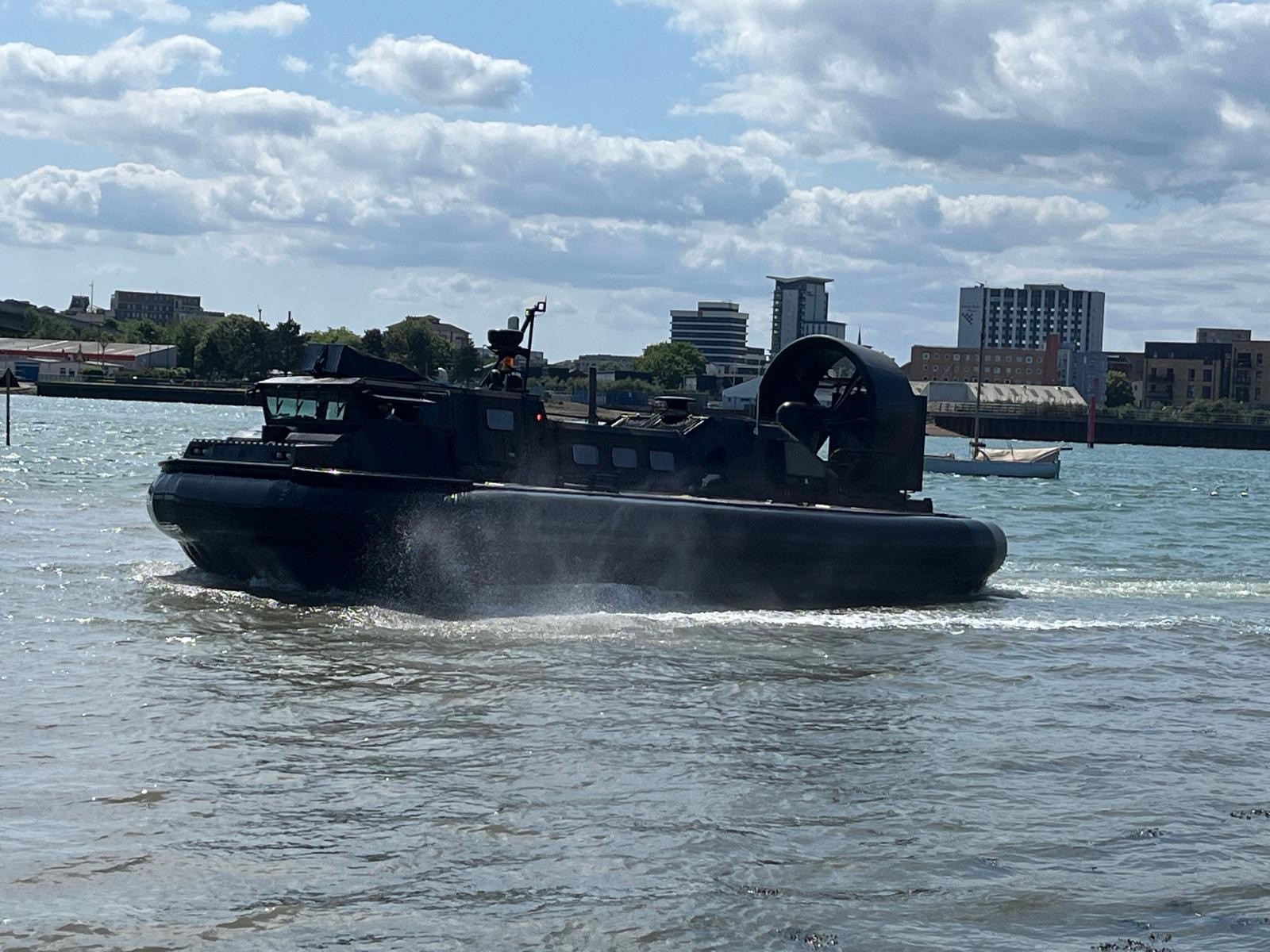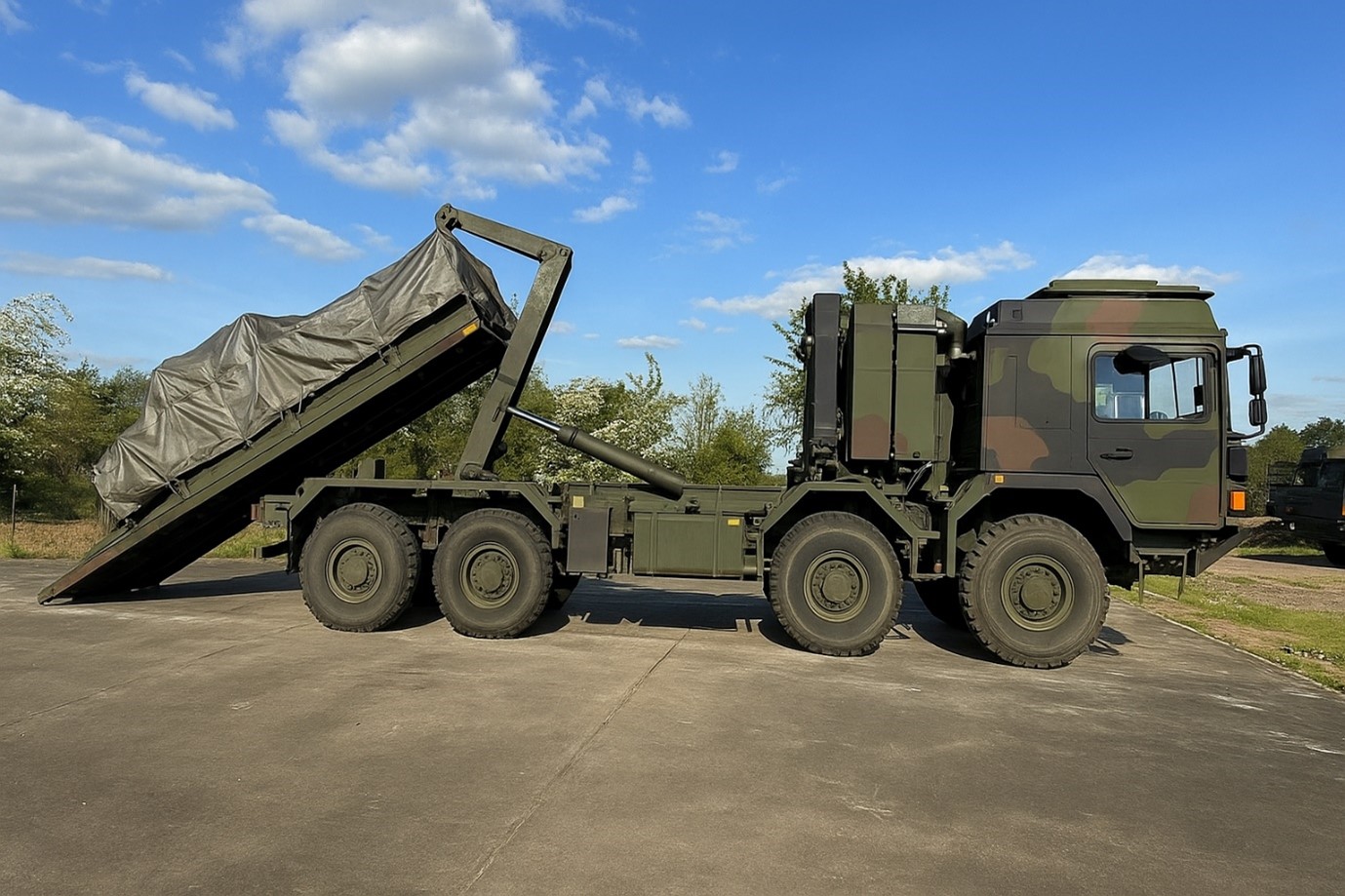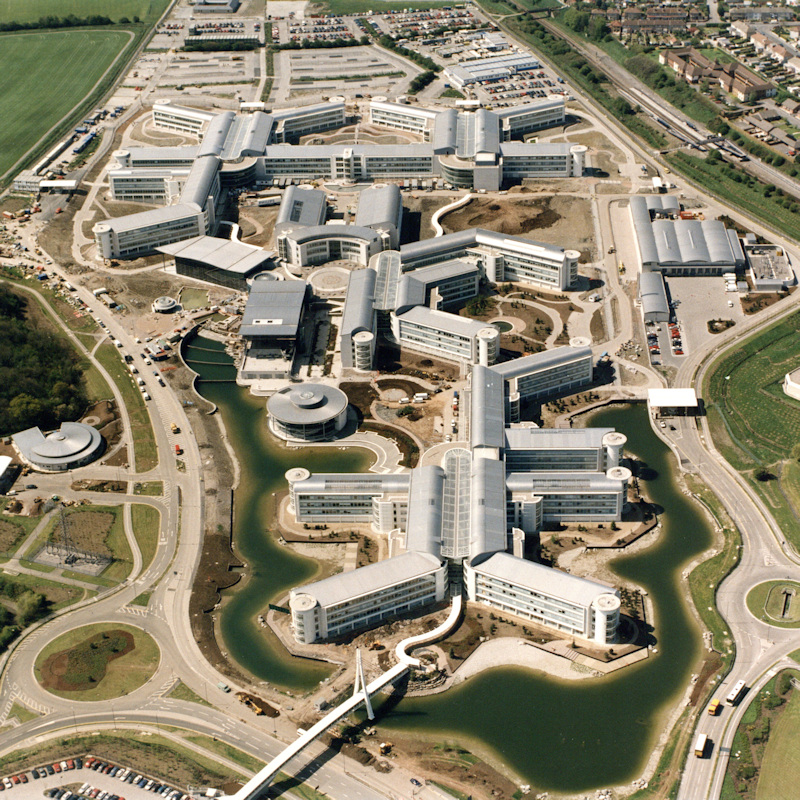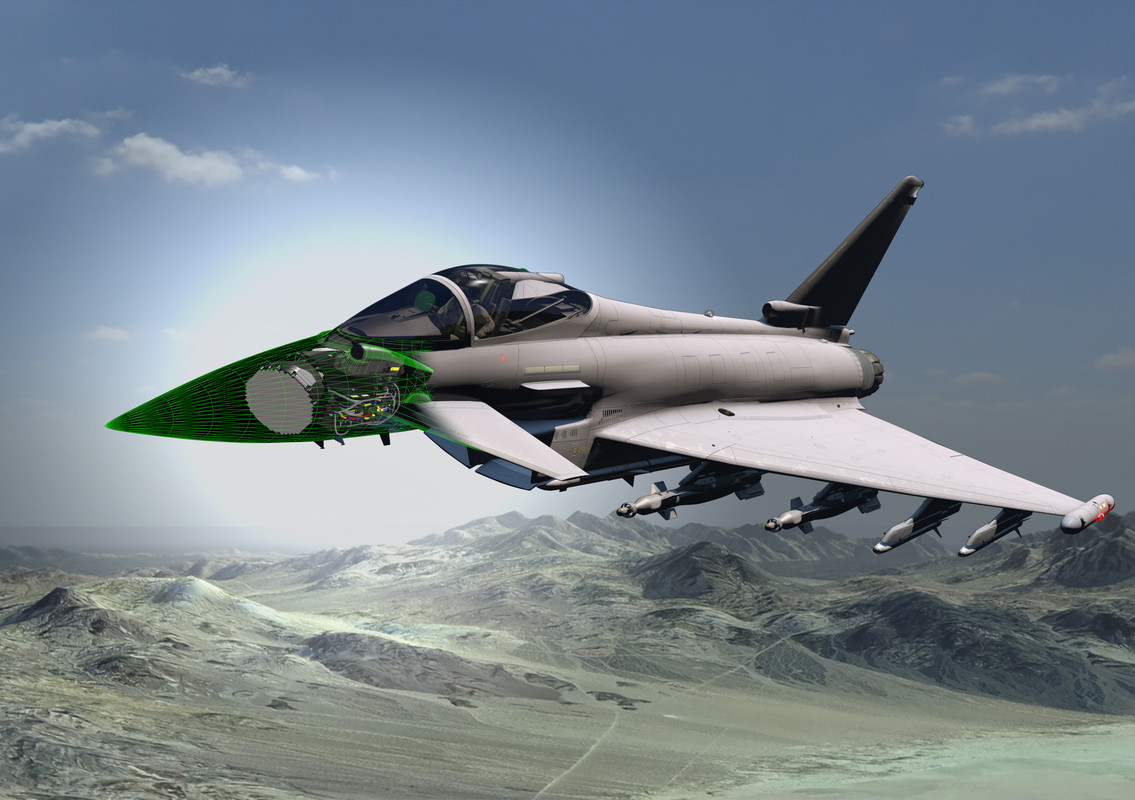Published 04 July 2023
Share this story
DE&S has placed a £870 million five-year contract with BAE Systems and Leonardo UK to upgrade radar capabilities on the RAF Typhoon, fitting the fighter jets with one of the world’s most advanced radars – the European Common Radar System (ECRS) Mk2.
Following last year’s announcement at the 2022 Royal International Air Tattoo (RIAT), in which Defence committed to a £2.35 billion investment to several upgrades for Typhoon, this is the first contract allocated from that major investment and will see the completion of the development and integration of the ECRS Mk2.
The state-of-the-art radar will transform the Typhoon’s control of the air, bringing a world-leading electronic warfare capability which will allow the aircraft to simultaneously detect, identify, and track multiple targets in the air and on the ground. It will be integrated onto RAF Typhoon Tranche 3 aircraft and offered to other nations that operate the aircraft, boosting UK defence exports.
Supporting the Prime Minister’s priority to grow the economy, the wider £2.35 billion Typhoon enhancement programme sustains around 1,300 UK engineering jobs over the next 10 years.
The new £870 million contract, placed by the Typhoon Delivery Team at DE&S, supports more than 600 of those highly skilled jobs across the country, including 300 at Leonardo’s site in Edinburgh, 100 electronic warfare specialists at the company’s site in Luton, and 120 engineers at BAE Systems’ site in Lancashire.

Lyndon Hoyle, Typhoon Delivery Team Head, said:
“This is the latest step in a complex and exciting project and lays the foundations for the next five years’ development and delivery of the new radar. It is also a tangible example of DE&S helping to sharpen Defence’s edge for tomorrow. A lot of hard work ahead but together with the recent success in delivering the prototype radar for the next phase of testing, we can reflect on some solid progress achieved together with industry and the RAF.”
ECRS Mk2 will support operations in the most challenging situations, equipping pilots with the ability to suppress enemy air defences using high-powered jamming and to engage targets whilst beyond the reach of threats.
A prototype of the state-of-the-art radar is currently undergoing specialist testing at BAE Systems site in Warton, Lancashire. This contract builds on that solid foundation, progressively turning that prototype equipment into a capability: a path that includes initial flight testing in 2024.
As well as delivering ECRS Mk2, the overall £2.35 billion investment in radar upgrades will ensure that Typhoon will remain a potent weapons capability and enable it to counter emerging threats until 2040 and beyond.
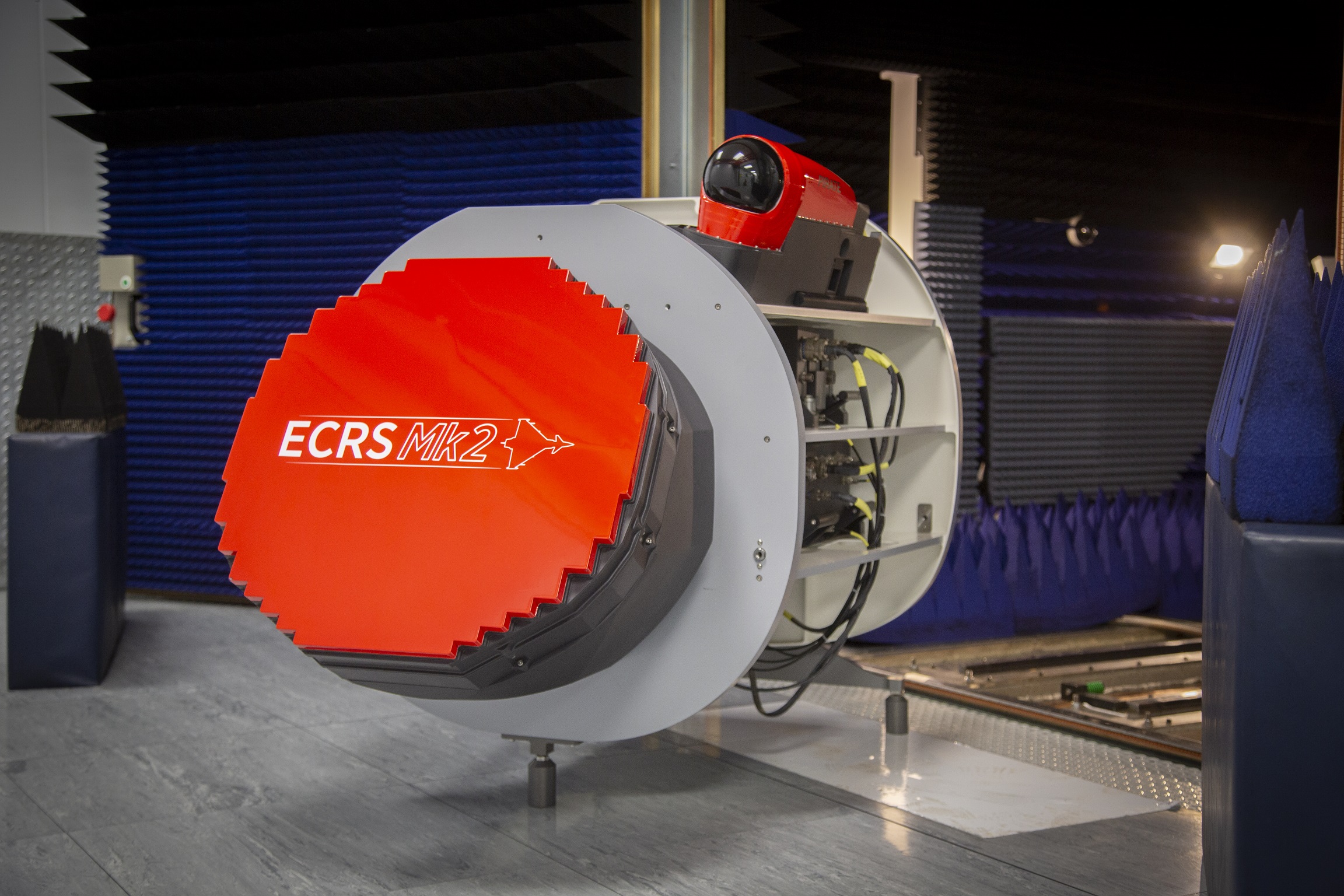
Group Captain Matt D’Aubyn, DACOS Control of the Air, Typhoon Programme Director, said:
“Typhoon is the backbone of UK Combat Air, capable of completing a wide range of Air-to-Air and Air-to-Surface missions. ECRSMk2 will ensure Typhoon remains operationally effective in the future force mix in an ever increasing contested environment.”
DE&S Director General Air, Vice Admiral Rick Thompson said:
“This is the first of a number of contracts that will continue our journey to equip the RAF with the edge to protect our nation. Developing ECRS Mk2 not only provides cutting-edge capability but crucially, also ensures that advanced technical skills and expertise in delivering complex sensors are available to support the Future Combat Air System (FCAS) right here in the UK.”
The radar is a prime example of the UK’s world-leading onshore technology, being developed by Leonardo UK in Edinburgh and Luton and integrated by BAE Systems in Warton.
The Typhoon programme supports more than 20,000 jobs across all regions of the UK every year, contributing £1.4 billion to the economy annually.
Andrea Thompson, Managing Director – Europe & International, BAE Systems Air, said:
“The continued evolution of Typhoon as a world-class combat air platform ensures that the RAF maintains its advantage and protects the vibrant eco-system that supports our sovereign combat air capability in the UK, through sustaining and evolving the technical skills that are central to the UK’s future combat air strategy.”

